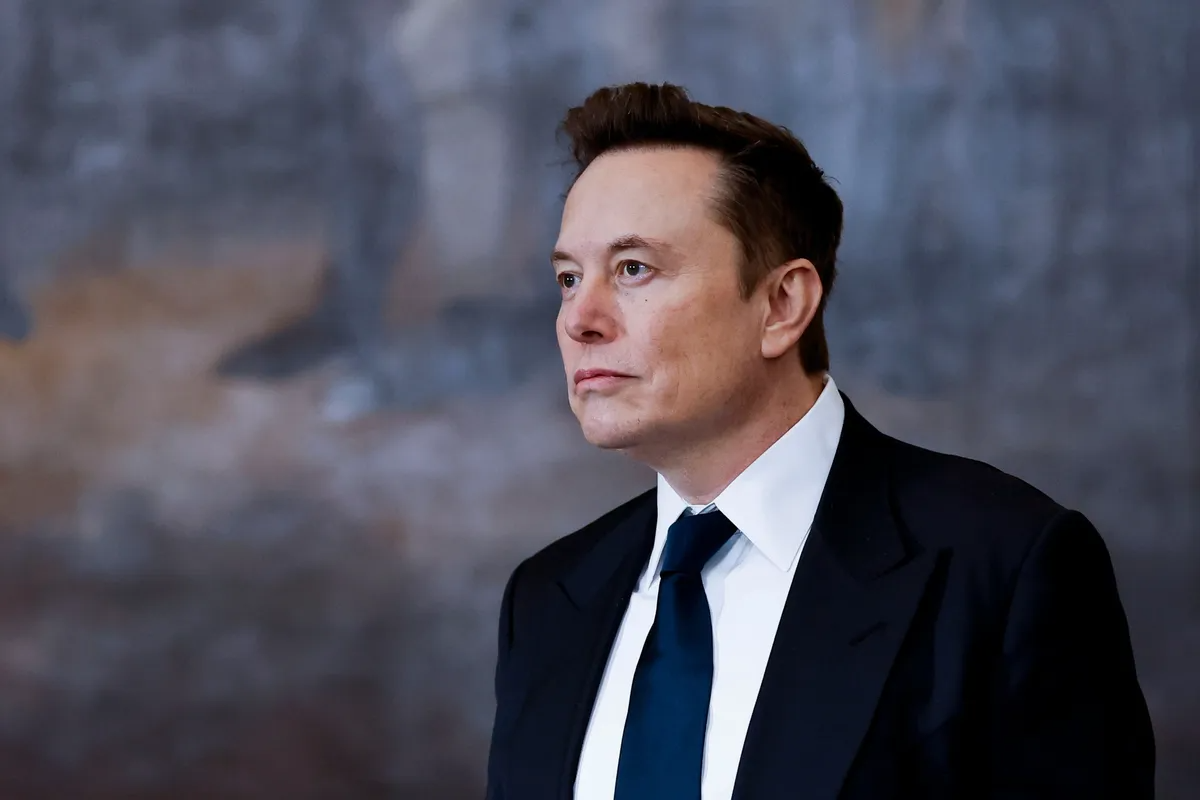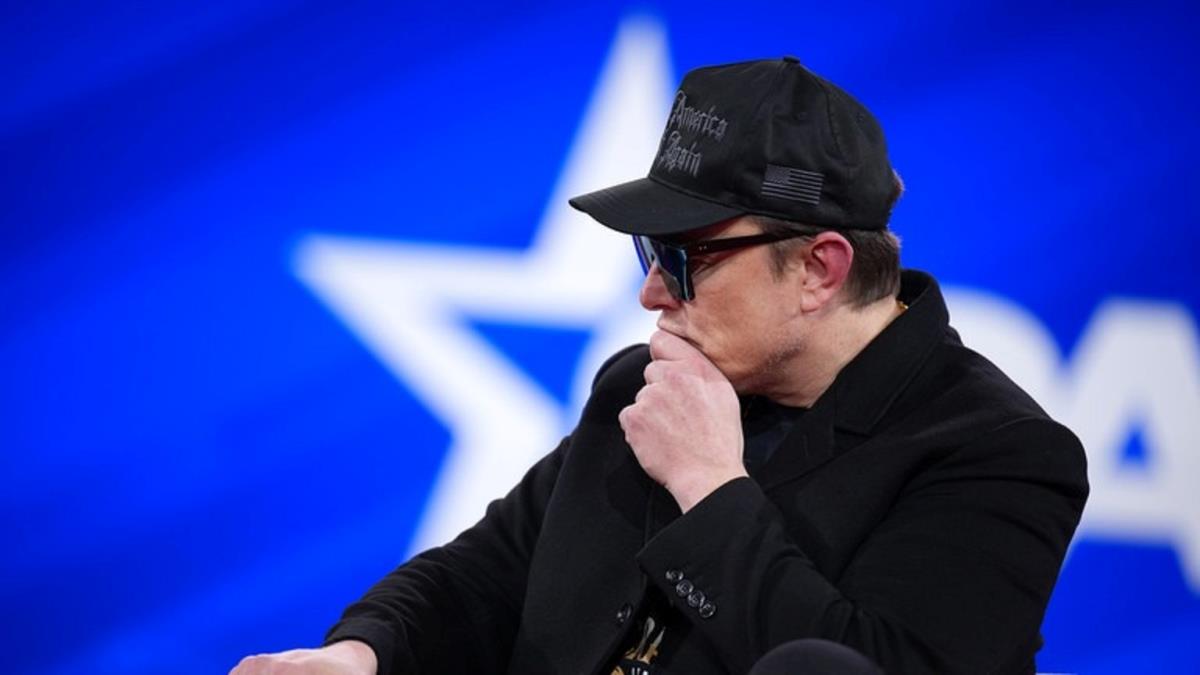
In a bold move to reignite consumer interest and counteract sagging vehicle deliveries, Tesla has rolled out a series of aggressive financing offers for North American buyers, signaling a new urgency within the electric vehicle giant to bolster sales.
Following disappointing first-quarter figures reported on April 2, which showed a notable decline in both production and deliveries compared to previous quarters, Tesla appears determined to take dramatic action to win back momentum in an increasingly competitive EV market.
The centerpiece of Tesla’s new strategy is the introduction of a 0% APR financing option for the Model 3 compact sedan, available for up to 60 months for qualified buyers. This financing offer stands out dramatically in the current automotive lending environment, where even borrowers with top-tier credit scores often face new vehicle loan rates exceeding 5%.
Tesla’s offer essentially provides free borrowing for half a decade, a rare proposition that could save buyers thousands of dollars over the life of the loan compared to conventional financing terms. However, this highly attractive rate comes with a significant caveat: a mandatory 15% down payment, translating to an upfront cost of around $6,000 for the most affordable Model 3 variant.

Tesla suggests that buyers who qualify for the $7,500 federal tax credit available for electric vehicles can use it toward satisfying the down payment requirement, effectively reducing the immediate out-of-pocket expense for many prospective customers.
In addition to the zero-interest deal, Tesla is offering another option for those seeking longer loan terms. Buyers can secure a 0.99% APR rate for up to 72 months on a Model 3, providing a near-zero interest environment for six full years. When compared to prevailing market rates, Tesla’s financing packages represent a significant value proposition and reflect the company's urgency to clear inventory and stimulate sales growth.
This strategy marks a notable pivot for Tesla, which has traditionally eschewed traditional marketing and aggressive discounting tactics in favor of relying on product prestige, word-of-mouth, and the magnetic pull of CEO Elon Musk’s personal brand.
However, with vehicle sales slowing, new competition from legacy automakers and emerging EV brands intensifying, and consumer interest showing signs of plateauing, Tesla appears willing to embrace more conventional retail strategies to maintain its dominance in the EV sector.
Tesla’s recent delivery numbers underscored the severity of the challenge ahead. The company reported that it delivered approximately 386,810 vehicles globally in the first quarter of 2025, falling short of Wall Street estimates and marking a rare year-over-year decline.

Production was similarly down, as supply chain disruptions, softer-than-expected demand in key international markets like China, and fierce new competition contributed to a challenging operating environment. As Tesla looks to stabilize its performance and reassure investors, revitalizing North American sales has become a key pillar of its short-term recovery plan.
Financial incentives are a tried-and-true method in the auto industry for boosting showroom traffic and closing deals, and Tesla’s current offers are among the most aggressive it has ever presented. Analysts suggest that these moves could have a meaningful impact if executed effectively.
Offering zero percent financing is particularly potent because it lowers the effective monthly payment for buyers without devaluing the brand through sticker price reductions, a tactic that some premium manufacturers avoid to maintain perceived exclusivity and resale value.
However, success is not guaranteed. Even with favorable financing, Tesla faces a new kind of buyer who is more discerning, price-sensitive, and skeptical than the early adopters who fueled its meteoric rise over the past decade. The EV market is no longer a novelty but a mainstream battleground, and consumers are increasingly comparing options across brands, models, and incentives.

Rivals such as Ford’s Mustang Mach-E, Hyundai’s Ioniq 5, and a slew of new offerings from Chinese automakers are providing stiff competition, often at lower price points or with features tailored to specific market demands.
Moreover, Tesla’s reliance on federal tax credits to sweeten the deal underscores how crucial government incentives remain to EV adoption. While the $7,500 credit can effectively neutralize much of the down payment burden, eligibility rules, income limits, and vehicle pricing caps create complexities that not all buyers can navigate easily.
Tesla’s challenge will be to ensure that prospective customers understand how to access these incentives and that the buying process remains as frictionless as possible. Beyond financial mechanics, Tesla also faces the task of reinvigorating excitement around its product lineup. While the Model 3 and Model Y remain strong sellers, they are no longer the disruptive forces they once were.
Without major updates or significant new features in recent years, these models risk feeling stale compared to newer entries from competitors. Tesla’s promises of future innovations, including fully autonomous driving, robotaxis, and next-generation battery technologies, have kept enthusiasm alive among loyalists but have yet to translate into tangible, widely available advancements for the average consumer.
Still, the company’s brand power should not be underestimated. Despite recent challenges, Tesla retains one of the most devoted customer bases in the automotive industry. Its Supercharger network remains a major competitive advantage, offering the most comprehensive and reliable fast-charging infrastructure available to EV drivers today.

The company’s seamless integration of software, hardware, and mobile app functionalities continues to set a high bar that competitors struggle to match. If Tesla can combine these strengths with attractive financial terms and a reinvigorated sales strategy, it may successfully weather the current slowdown and emerge stronger.
Investors, however, are watching closely. Tesla’s stock, while still commanding a premium valuation compared to traditional automakers, has come under increasing pressure. Concerns over profitability, delivery shortfalls, and Musk’s divided focus between Tesla, SpaceX, xAI, and other ventures have led to heightened volatility.
Wall Street analysts will be keen to see if the new incentives meaningfully boost Q2 delivery numbers and if they can catalyze a broader recovery in sentiment around Tesla’s growth trajectory.
The upcoming months will therefore be critical. Tesla must not only deliver sales figures that justify its aggressive financing tactics but also begin to articulate a clear vision for product updates, manufacturing expansion, and global strategy.

In a market environment where even small missteps are punished severely, Musk and his team will need to demonstrate that they can balance innovation with operational discipline, ambition with execution.
For now, Tesla’s message to consumers is clear: there has never been a better time to buy a Model 3. Zero percent interest, minimal down payments, and the prestige of joining the Tesla ecosystem are powerful lures.
Whether this is enough to reignite Tesla’s sales engine remains to be seen. But one thing is certain: in the high-stakes world of electric vehicles, standing still is not an option, and Tesla is determined to keep moving forward—one deal, one customer, and one car at a time.
-1745572520-q80.webp)
-1745551561-q80.webp)
-1745717938-q80.webp)
-1745565219-q80.webp)